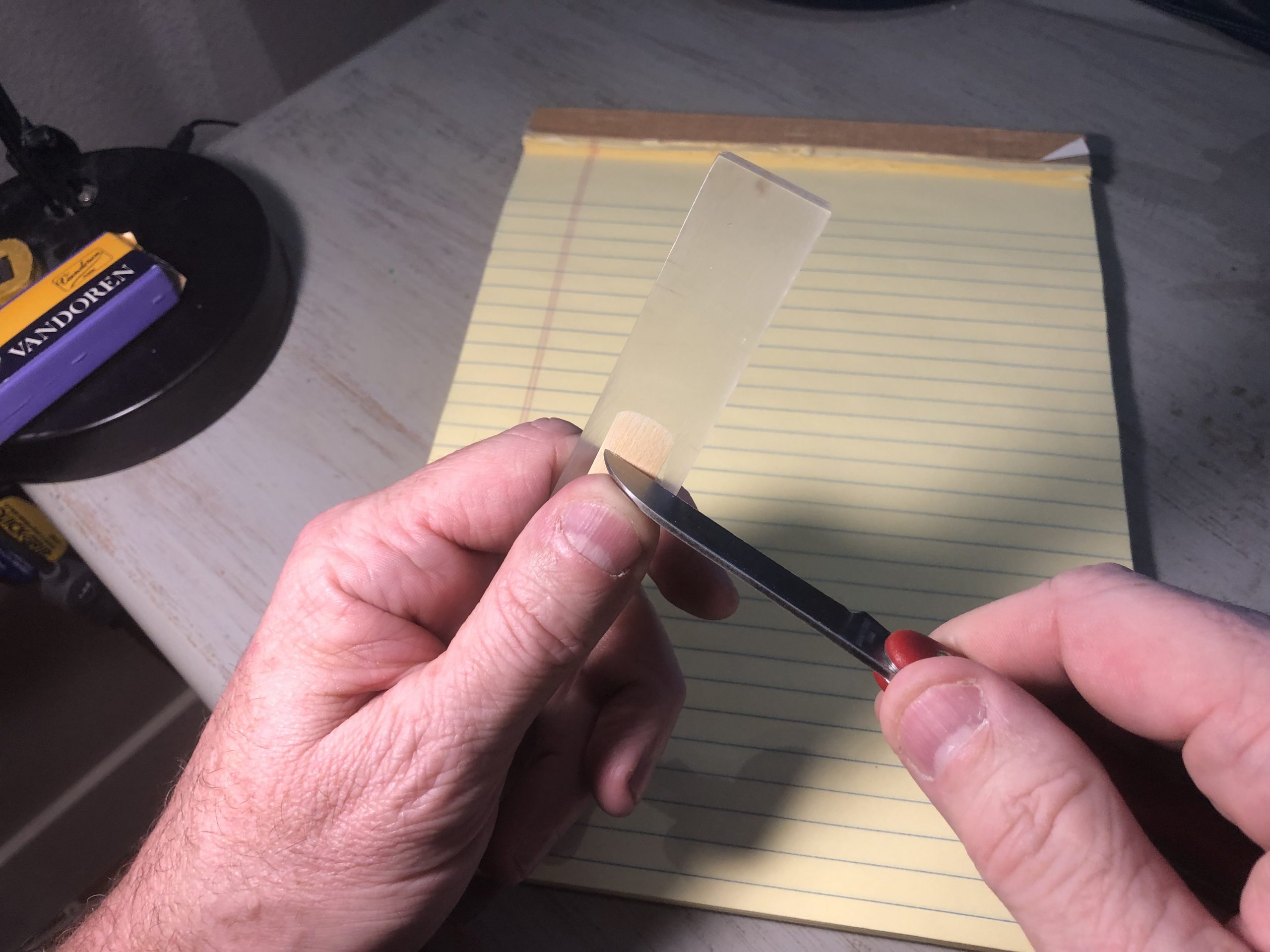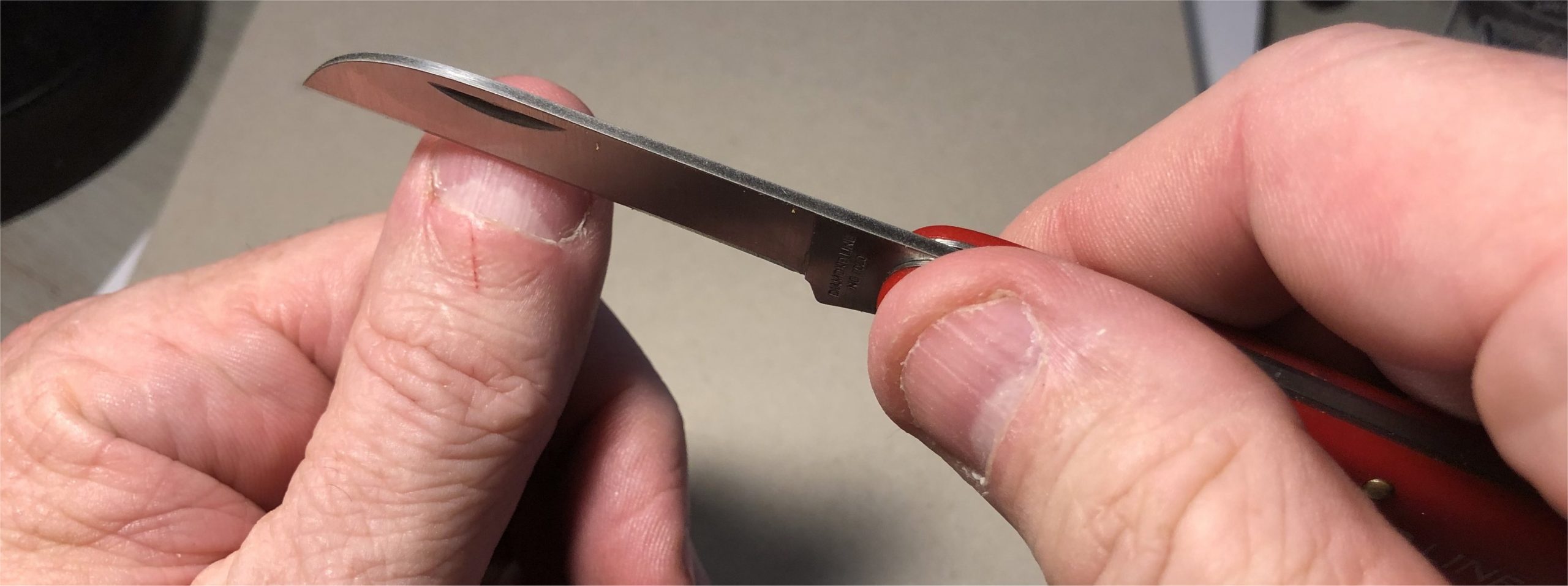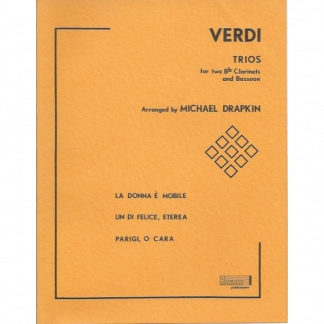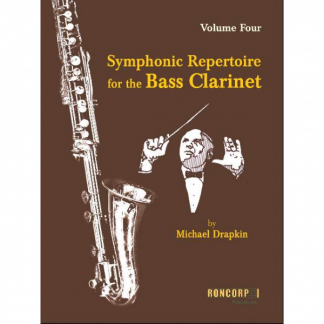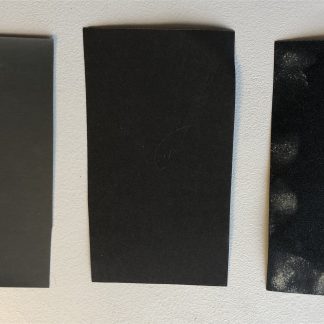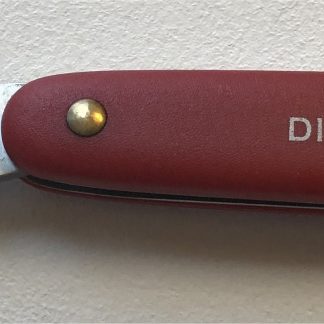Description
You need a knife to be able to remove cane from very specific places on a reed. You can spend as much money as you want on reed knives, but spending a lot of money on a knife doesn’t make you better at working on reeds. Remember, handle sharp knives with care! I have been using knives just like this for years, and they are very sharp and work great. Plus the blade folds in so it will remain protected.
You can ascertain the sharpness of a knife blade, or more specifically, where the blade is sharp using a simple technique. To do this hold the knife in one hand and very lightly brush the blade upward on your thumbnail (see photo below). Do not “dig in” or torque your wrist.
If you do it right you will feel the blade gently tug or scrape upwards on your nail. If it does, it is sharp. If it feels slicker and does more of a slide, it is dull. Try it across the width of the blade and see how the sharpness varies. It may be dull near the tip and sharp closer to the middle and other end; probably because it doesn’t get used as much there. The sharpness can and usually does vary across the blade edge.
With this technique, the mystery of blade sharpness is suddenly revealed. You can use this to examine any blade and test its sharpness – kitchen blade, Bowie knife, whatever. They all reveal their sharpness and where they are sharp. Try it.
This is important. You want to gently scrape cane off, and you don’t want your blade to dig into your reed and create a divot or indentation. You need a sharp blade. Learn how to sharpen your blade or bring it to a pro. Don’t use one of those kitchen knife sharpening gadgets, like the ones on can openers, or you may ruin your blade.

